多孔钨的制备及其孔隙结构调控毕业论文
2021-12-09 05:12
论文总字数:26783字
摘 要
钨基多孔材料是继承了钨的诸多优良金属特性的多孔性材料,具有很高的研究价值和实用价值。已有的制备多孔钨方法,存在能耗高,工艺复杂,孔结构不易调控,产品力学性能低等问题。本课题旨在确定一种钨基多孔块体材料的新型制备方法,满足孔隙结构易调控,孔隙率可设计的要求,并兼具工艺简单,节能环保等优点。
本课题采用造孔剂-粉末冶金技术结合化学腐蚀方法,以不同粒径的微米级钨粉和铁粉以及少量纳米级碳粉为原料,其中Fe为造孔剂,经湿法球磨后干燥获得的复合粉体均匀度良好。然后在800 ℃-20 MPa-2 min放电等离子活化烧结(SPS)工艺下制得了致密度为91.2%的烧结生坯,研究结果表明,低温的活化烧结是非致密烧结,烧结时钨粉间的颈部连接和生成的亚稳态钨铁碳化物使得坯体具有足以保持结构稳定的强度。接着,使用5 wt.%的H2SO4溶液浸泡48 h腐蚀除去造孔剂Fe,孔隙率为79.2 %的腐蚀生坯,其孔隙结构主要由造孔剂溶解留下的孔洞以及非致密烧结孔隙形成。
生坯在真空热压炉中进行热处理,最终获得多孔钨样品。本文研究1300 ℃、1400 ℃和1500 ℃的不同热处理温度对多孔钨孔隙率、孔结构和力学性能的影响。研究结果表明,随着热处理温度升高,多孔钨样品的颗粒由1 μm生长到9 μm左右,既推动了孔隙的集中与收缩,又增大了孔壁厚度;颗粒的形状逐渐由类球形向多面体形转变,颗粒间结合也得更紧密。这些演变最终导致了多孔钨样品的孔隙率的降低和抗压强度的升高。
关键词:多孔钨;Fe造孔剂;腐蚀法;孔隙率
Abstract
Tungsten-based porous materials are porous materials that inherit many excellent metal properties of tungsten, and have high research value and practical value. The existing method for preparing porous tungsten has the problems of high energy consumption, complicated process, difficult to adjust the pore structure, and low mechanical properties of the product. This subject aims to determine a new preparation method of tungsten-based porous bulk materials, which satisfies the requirements of easy pore structure control and porosity design, and has the advantages of simple process, energy saving and environmental protection.
This subject uses pore-forming agent-powder metallurgy technology combined with chemical corrosion methods, using micron-level tungsten powder and iron powder of different particle sizes and a small amount of nano-carbon powder as raw materials, in which Fe is a pore-forming agent, which is obtained by wet ball milling and drying The composite powder has good uniformity. Then, a sintered green compact with a density of 91.2% was prepared under the spark plasma activation sintering (SPS) process at 800℃-20MPa-2min. The results show that low-temperature activation sintering is non-dense sintering. The partial connection and the generated metastable tungsten iron carbide make the green body strong enough to keep the structure stable. Then, using 5 wt.% H2SO4 solution for 48 h to etch and remove the pore-forming agent Fe, the corroded green body with a porosity of 79.2%, its pore structure is mainly formed by the pores left by the dissolution of the pore-forming agent and non-dense sintered pores.
The green body is heat-treated in a vacuum hot-pressing furnace to finally obtain a porous tungsten sample. This paper studies the effects of different heat treatment temperatures of 1300 ℃, 1400 ℃ and 1500 ℃ on the porosity, pore structure and mechanical properties of porous tungsten. The results show that the particles of the porous tungsten sample grow from 1 μm to about 9 μm as the heat treatment temperature increases, which not only promotes the concentration and shrinkage of the pores, but also increases the thickness of the pore walls; the shape of the particles gradually changes from spherical to polyhedron. In addition, the binding between the particles becomes tighter with elevated temperature. These evolutions ultimately led to a decrease in the porosity of the porous tungsten sample and an increase in compressive strength.
Key Words:porous tungsten; Fe pore-forming agent; corrosion method; porosity
目 录
第1章 绪论 1
1.1 引言 1
1.2 多孔金属材料 1
1.2.1 多孔金属材料简介 1
1.2.2 多孔金属材料的应用 2
1.2.3 多孔金属材料的制备方法 4
1.3 钨基多孔材料 9
1.3.1 钨基多孔材料的应用 9
1.3.2 钨基多孔材料的研究进展 10
1.3.3 钨基多孔材料的制备难点 11
1.4 造孔剂-粉末冶金-腐蚀法 12
1.5 课题研究目的与研究内容 12
第2章 实验与测试 14
2.1 实验材料 14
2.2 实验设备 14
2.3 实验过程 14
2.4测试与表征 15
2.4.1 物相分析 15
2.4.2 微观结构分析 15
2.4.3 致密度与孔隙率 16
2.4.4 抗压强度 16
第3章 结果与讨论 17
3.1 烧结生坯的表征分析 17
3.2 腐蚀生坯的表征分析 18
3.3 多孔钨样品的表征分析 19
第4章 结论 23
参考文献 24
致谢 30
第1章 绪论
1.1 引言
二十世纪五十年代,美国Soknik[1]在铝中加入汞成功制备出多孔铝金属材料,成为人工制备多孔金属材料的起点,之后随着理论研究与工艺探索的不断深入,多孔金属材料被越来越多的科研人员所关注,并开发出了种类繁多的制备工艺。多孔金属材料不仅具有金属的优良特性,而且材料中各类孔隙的存在,为其增添了一系列特殊性能,如高比强度、高阻尼、大比表面积、毛细现象和低热导等,使之被广泛应用于催化器载体、电磁屏蔽材料、电池电极、处理器散热等场合[2]。
钨是一种高熔点、高强度、低热膨胀系数、低蒸汽压、导电导热优良以及耐腐蚀的难熔金属,其氧化物和硫化物表现出优异的能量存储和催化活性。钨基多孔材料的强度、刚度高,韧性、热稳定性好,可以胜任许多高温场合[3]。多孔钨及以多孔钨为基体的材料可用于制备过滤器,热交换器,射线束靶材,流体分布装置,高渗透率阴极和辐射屏蔽件等,在航空航天、电力电子、核反应工程及冶金工业等领域中被广泛应用[4]。近年来,随着技术的进步,对材料性能的要求越来越高,多孔钨孔隙特性也逐渐朝孔径的微细化,孔结构的梯度化扩展方向。
1.2 多孔金属材料
1.2.1 多孔金属材料简介
多孔金属材料是多相或者非均相材料,由固体构成整体骨架,但至少有一相不是固体。非固体部分材料中的固相分布形成孔的网络,多孔金属材料是一种由孔洞构成网络结构的金属材料,其中孔洞有贯通孔、盲孔和闭孔三类。贯通孔连接材料的两个表面;盲孔一面开放,另一面在材料的内部终止,可以吸附气体或者捕获小颗粒;闭孔是封闭于材料内部,不与外界连通,会影响多孔金属材料的密度、强度、导电和导热性等宏观性能[5]。由于贯通孔和盲孔皆与外界环境相连通,故可统称开孔,它们在多孔材料的功能应用中起主要作用。这些孔洞所占的空间为孔空间,常被液体和气体填充;连通的孔空间可允许流体通过,被称为有效孔空间。
多孔材料的孔结构具有复杂性,难以准确定义其孔径,通常研究多孔金属材料的等效孔径和平均孔径。等效孔径为4倍实际孔截面积与实际周长的比值;平均孔径受孔径分布影响,由统计方法确定,有孔个数平均值和孔体积平均值两种。若定义孔径为包含孔空间某点的最大球的直径,则孔径分布可定义为在特定直径区间内的孔空间占总孔空间的比率。
材料的密度分为真密度和表观密度两种,前者为致密材料的密度,后者计算含所有孔隙的真实体积后密度。孔隙度是多孔材料中孔空间与多孔体体积的比值,是表征多孔金属材料的重要参数之一。通过直接测量计算法、流体静力学法及简单流体静力学法等方法,可以测算出材料的密度与孔隙度。多孔材料的表观密度和孔隙率成反比关系,孔洞占据材料的空间却对质量几乎没有贡献,它的大量存使材料致密度下降,因而材料的表观密度也随之下降[6]。
目前,应用开发较为完善的多孔金属材料主要有多孔铝、多孔铜、多孔铁、多孔钛、多孔镍等。这些多孔金属材料较之致密体、多孔塑料和多孔陶瓷,有着密度小、结构强度高、传热性能好、耐高温、耐腐蚀、吸收噪声的等独特优势。
请支付后下载全文,论文总字数:26783字
相关图片展示:
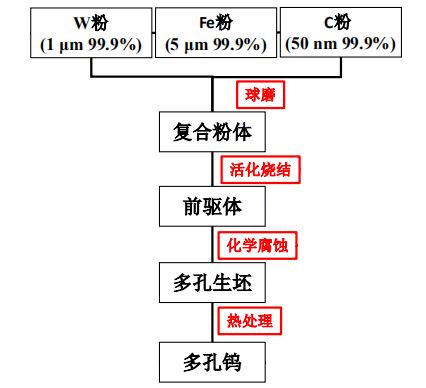
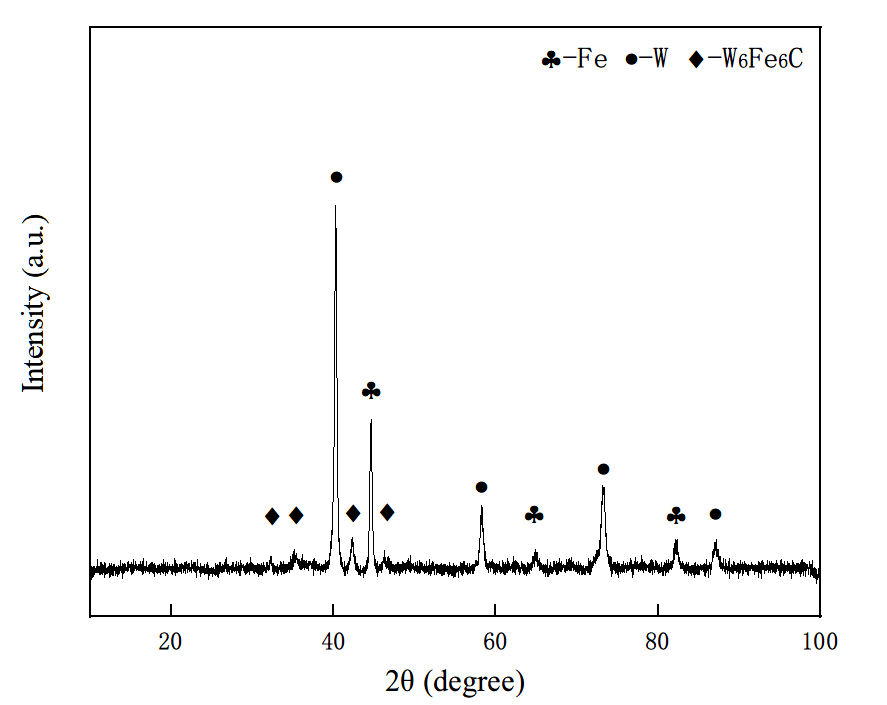
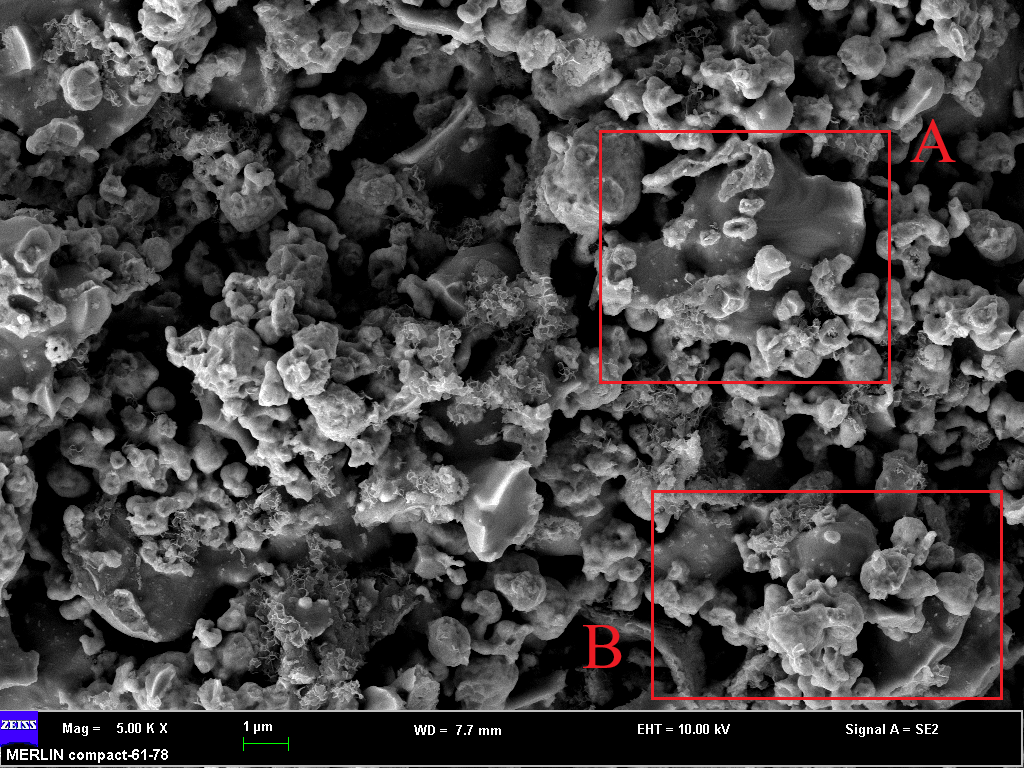
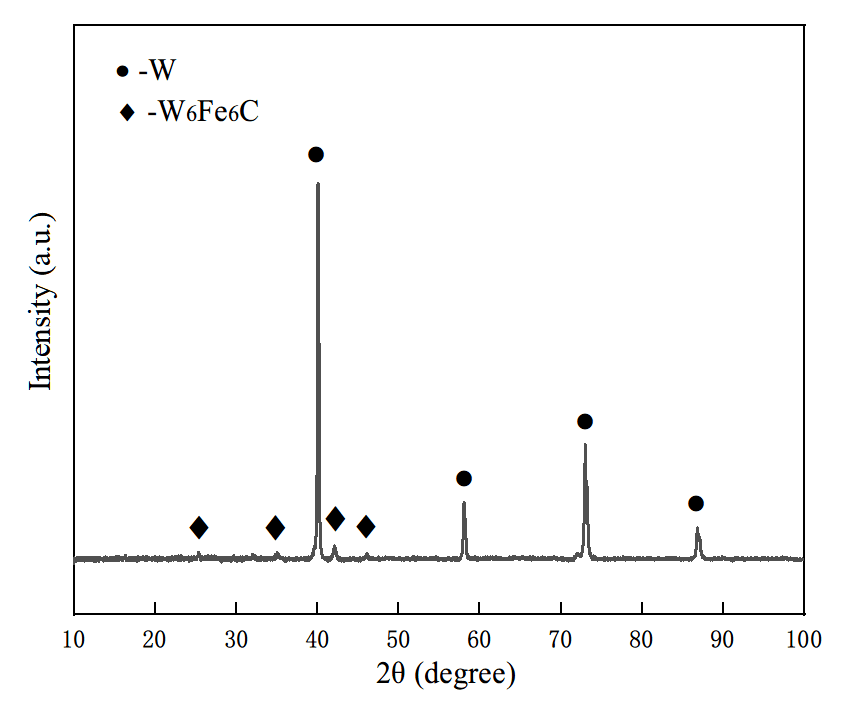
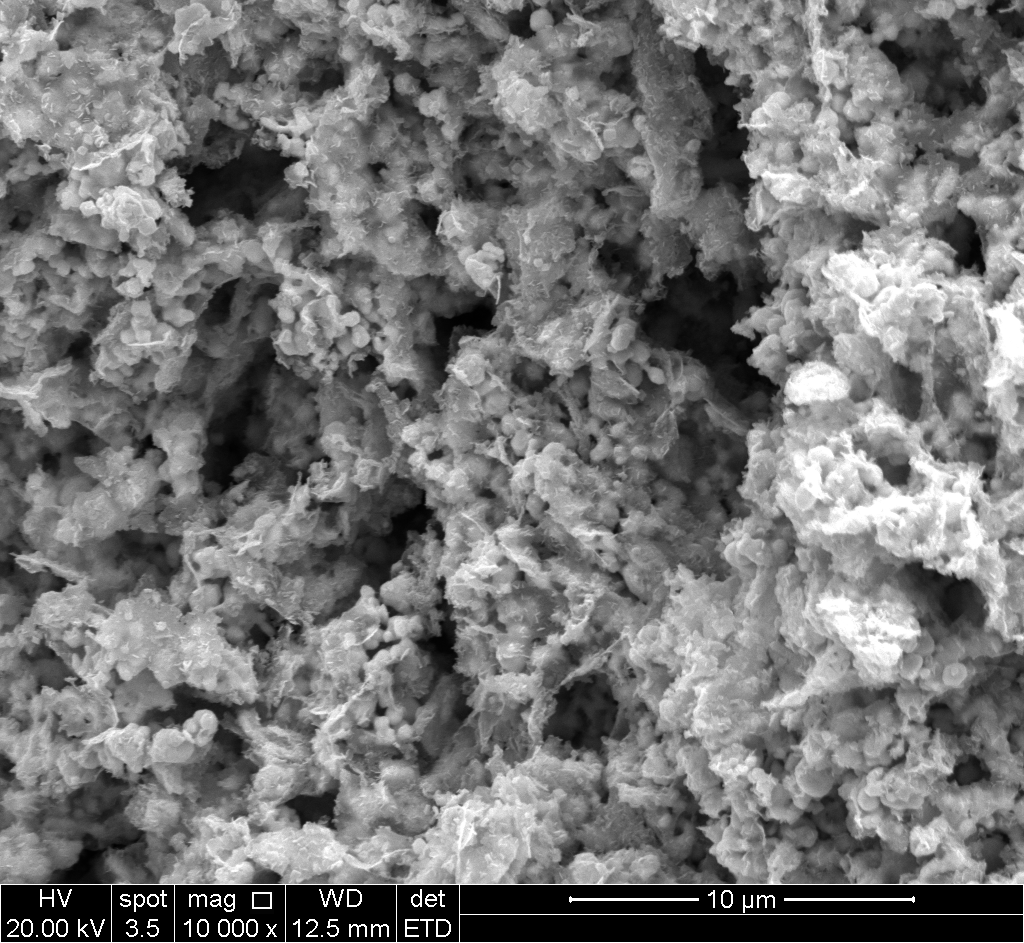
您可能感兴趣的文章
- 磷纳米管的稳定性和电子结构外文翻译资料
- 紫外光照射对NaCl诱导的Q235碳钢大气腐蚀的影响外文翻译资料
- 中文标题:脉冲电沉积制造的纳米晶体铜的微观结构和拉伸变形外文翻译资料
- 由纳米晶粒和具有纳米生长孪晶亚微米晶粒组成的电沉积铜的力学行为外文翻译资料
- 热处理对凹凸棒土的结构和性能影响研究外文翻译资料
- 简单一步制备纳米Fe3O4/碳功能化面包酵母复合物及其在亚甲基蓝染料吸附中的应用外文翻译资料
- |ZnS薄膜制备及性能研究外文翻译资料
- 用于饮用水除氟的羟基磷灰石/凹凸棒土复合颗粒热再生方法外文翻译资料
- 用于组织工程的合成可生物降解功能聚合物:简要回顾外文翻译资料
- 碳化硅颗粒粒度对搅拌铸造铝基复合材料 力学性能和电性能的影响外文翻译资料




